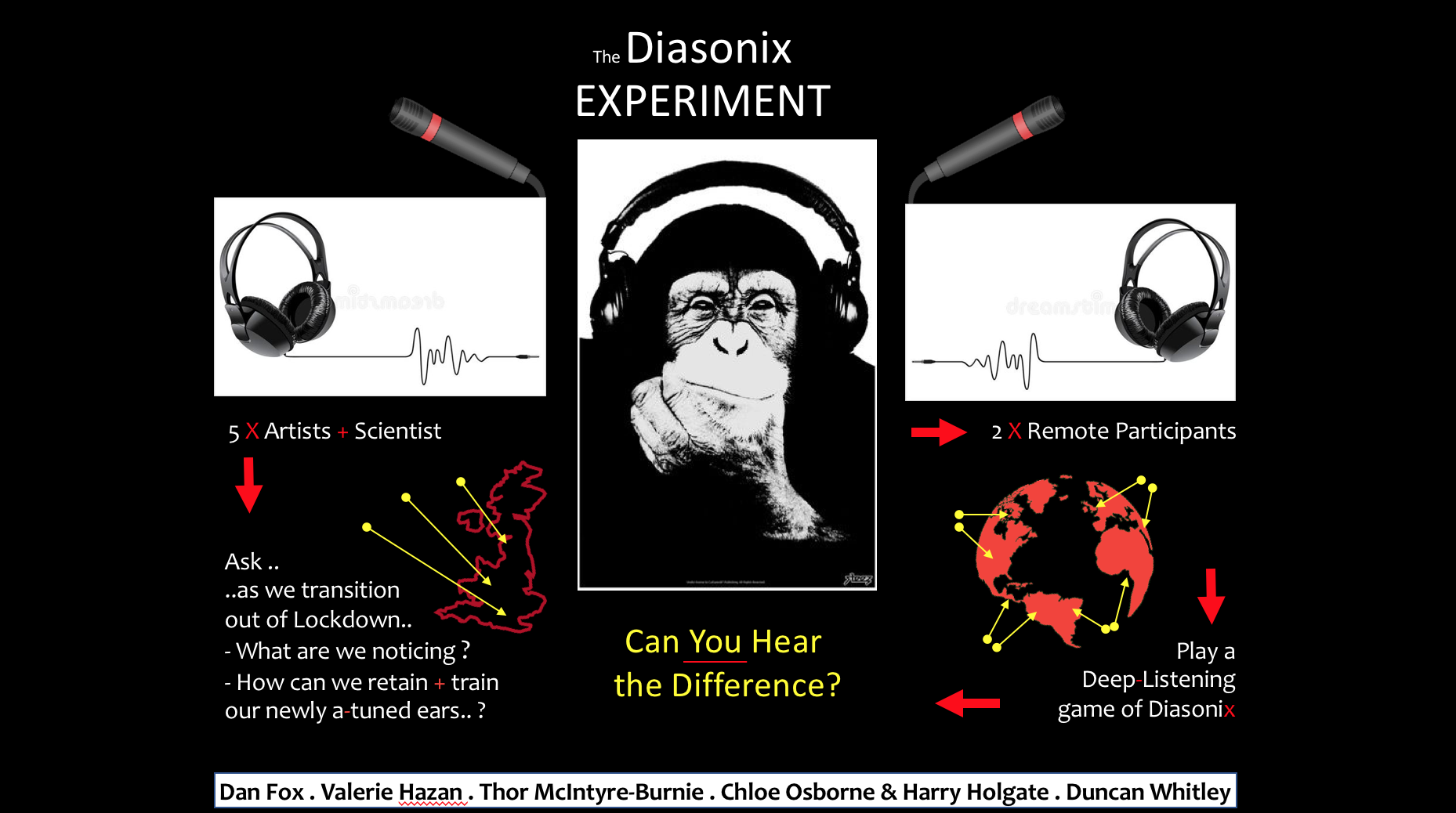
We want to hear about & nurture the deeper sense of ‘LISTENING’ Lockdown has induced within us: – What do we hear when the background hub-bub of traffic and distraction has been dramatically reduced? – Are the birds louder or is it just we’re hearing them more? – As our sensory horizons become confined to our homes, are we becoming more sensitive to nuance? – or do we just have less psychological distractions? – How good are we at articulating what we now hear? – As we transition back from Lockdown into the new-norm, what are we noticing? – and how can we retain and hone our newly a-tuned ears??
We have created a Deep-Listening Game : DIASONIX. We invite you to play!
We have gathered a dynamic team of experienced artists and a scientist – who all work with sound in quite different ways – to respond to these questions and to create a game that invites people to partake in a deep-listening exercise with a friend or relative they’re isolated from. In the process we hope to learn about how we perceive and articulate descriptions of sound; train our ears and stimulate a discussion about the sounds & altered sense of listening we are all noticing in and out of Lockdown.
Meet the team and get the low-down
Imagine playing ‘spot the difference’ with a friend over the phone.. but each of you has just one of the 2 slightly different images.. Speech Scientist Researcher prof Valerie Hazan (UCL) has been doing just this with what they call Diapix images. – Being the sonic monkeys we are , we thought: what if we did this with a pair of soundscapes rather than images..? We would have to “Hear the Difference”.. – Could such an exercise help train us in “Deep-Listening”..? ..What if we asked artists – who work with sound – to create these soundscape pairs in response to how ‘they’ have been listening differently during Lockdown..? … and so, Diasonix was born!
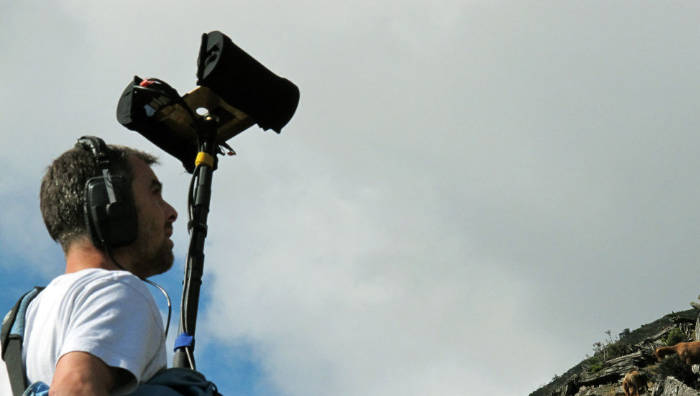
Duncan Whitley
Artist
Duncan is an artist who works predominantly with sound and the moving-image. His practice synthesises the languages of cinema, documentary and spatial sound art. He is based in Coventry, in the West Midlands.
During Spring 2020, Duncan initiated a documentary sound workshop with a group of four young Coventry artists. The workshop focused on the challenge of documenting the ritualistic moments in which communities in ‘lockdown Coventry’ have come together in neighbourhoods across the city. Also recording himself during the workshop, Duncan has created two pieces for The Diasonix Experiment, which focus on the vernacular details of this phenomenon in different streets in Coventry. The pieces invite us to immerse ourselves in the rich, sonic nuance of these peculiar, historic moments.
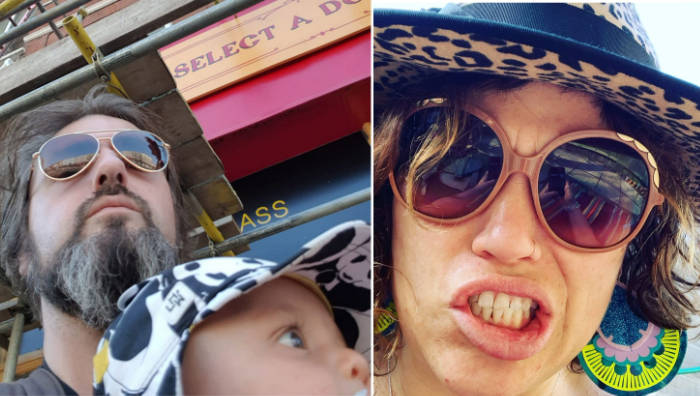
Chloe Osborne & Harry Holgate
Participatory & interventionist artist – with podcast & audiobook producer
Based in London & Pembrokeshire, South Wales, Chloe & Harry entered Lockdown with a 2 month old, a 3 year old and a friend with her 2 year old. – 3 under 3’s and 3 adults under one roof for 3 months! On the rare moments with two free hands and all the children in other spaces, the listening experience was intense. Always multi-layered, curving abruptly from giggle to scream, joy to outrage. Listening deeply became a meditative exercise… cutting through the chaotic weave of human voices and energies to bring through the sounds of the house breathing, the outside puncturing the periphery with ever-bolder foxes, squirrels & birds. – Their piece attempts to capture the builds and reprieves, the tiny fragments of quiet and the swirly loops of energy in the house.
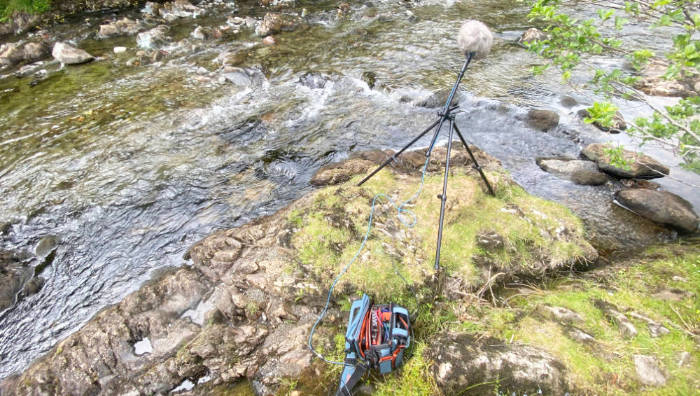
Dan Fox
Sound artist, musician and installation creator
Based in south Cumbria, Northern England, Dan created a soundscape based around the natural environmental sounds that have played such a prominent part of his lockdown in rural Cumbria, discovering the noticeable drop in motor traffic sounds and curiously the converse rise in bicycle sounds..
His piece reflects a rare period of pause from being preoccupied with projects and deadlines, during which he could spend some focused time in his local area , experimenting and venturing with his kids.
It also allowed him space to undertake repeat recordings in several locations over a period of time, including gathering over 28 hrs of dawn chorus! His piece centres around 3 locations and reflects enjoying the time to just stop and listen.
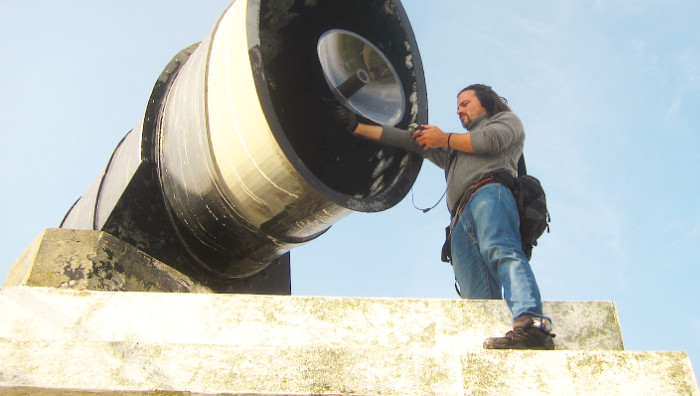
Thor McIntyre-Burnie
Installation Artist
Based In London, he uses sound to alter how we use sites, sculptural form and public space, creating interactive and immersive works. Artistic Director of Aswarm and the Diasonix Project he also draws on a second line of work as a Sound Designer. His piece draws on the intense and visceral dreams he and others talked of experiencing during lockdown and those sounds of the night in south London and in the sleepless mind.
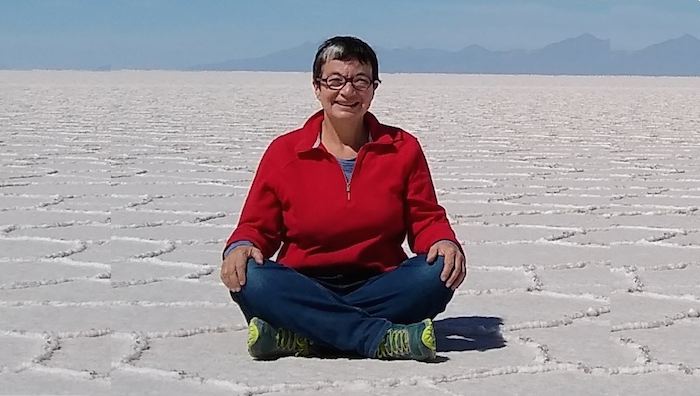
Valerie Hazan
Professor of Speech Sciences at UCL
Valerie Hazan is Professor of Speech Sciences in the Department of Speech, Hearing and Phonetic Sciences (SHaPS) at UCL and the former Head of the SHaPS Research Department. Valerie’s research focuses on ‘speaker-listener interaction’ and analyses of speech that is produced in spontaneous communicative exchanges between speakers (using the Diapix technique, which inspired Diasonix). She is collaborating on creating this project with us, as a pilot to test how the use of sound instead of image & how working with Aswarm & sound-artists may offer exciting new perspectives for her research and also engage new participants and wider audiences.
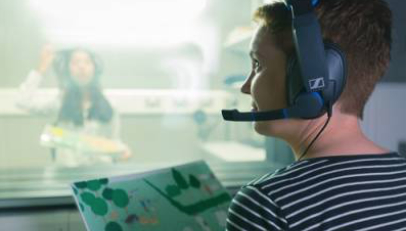
About Diapix
The Diasonix Experiment is a new pilot study inspired by Valerie Hazan’s research with Diapix (van Engen et al., 2011, Baker and Hazan, 2011). – Diapix is a problem-solving ‘spot the difference’ picture task used for eliciting spontaneous speech interactions between two participants. Participants have to try and work out what 12 differences there are between their pictures without seeing their partner’s picture. The pictures are carefully designed to elicit certain vocabulary items. This task has been used with children aged 8 years and above as well as with adults aged up to 85 years. To get a ‘clean’ recording for each participant, the diapix task can be done with each participant seated in a separate sound-treated booth and communicating via headphones.
Now an internationally adopted methodology, Valerie’s research is based at UCL’s Speech Hearing and Phonetic Sciences Research Dep (SHaPS Research).
HOW TO PLAY THE GAME:
It’s a game designed for 2 people, who are isolated from each other
( either geographically or simply via headphones & a device.).
So you will need to invite a friend or relative to play (or make it a blind date!).
Each player will need:
1: Access to the Internet (PC, tablet etc)
2: A Phone
3: A Set of Headphones
Time: The game should take about 15-20mins to play.
I WANT TO KNOW MORE ABOUT THE PROJECT – Then Click HERE: ++
Thank you to our Sponsors : Luma.one – who provide the new Interactive Video System, we use to play the game.
